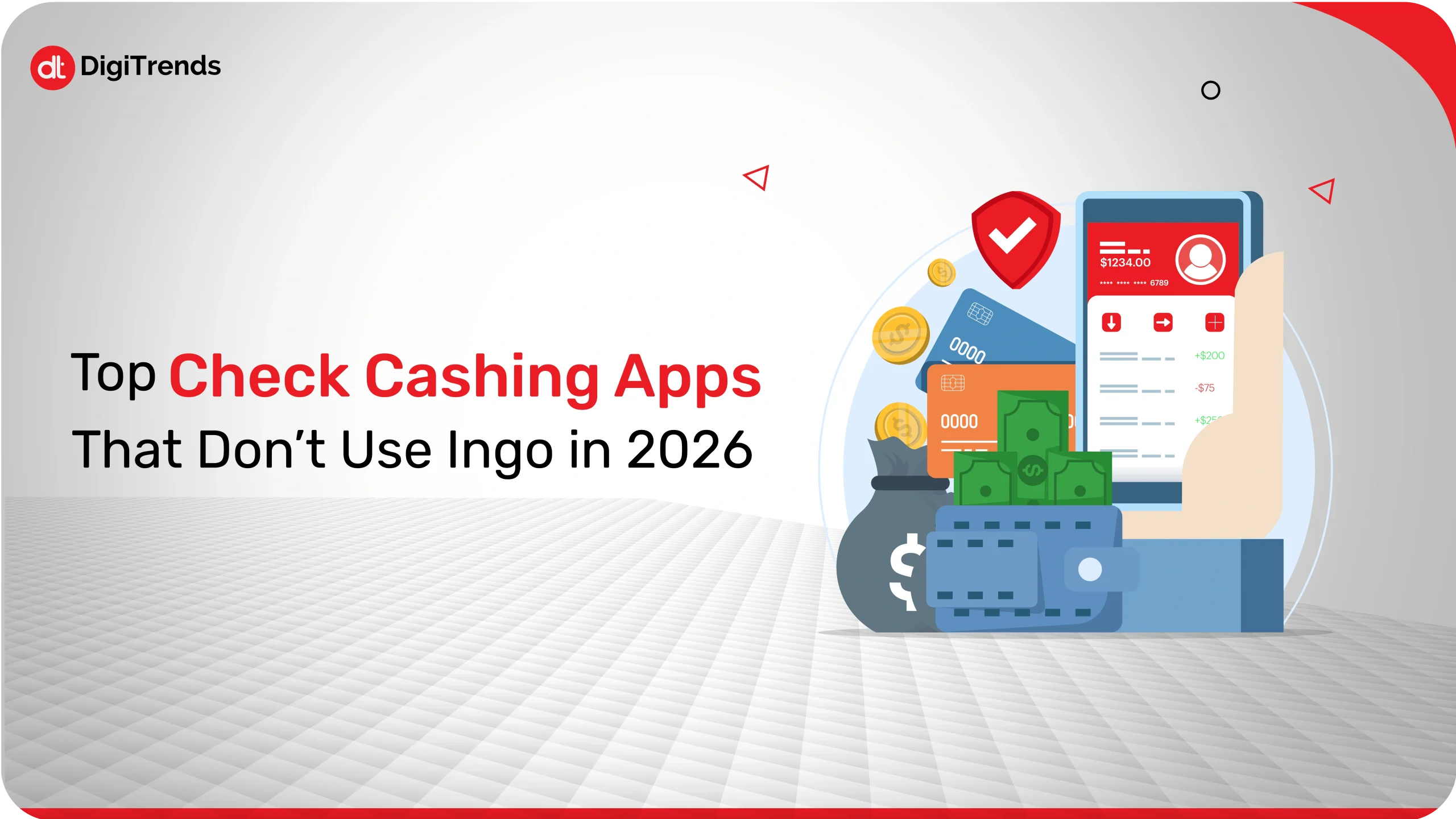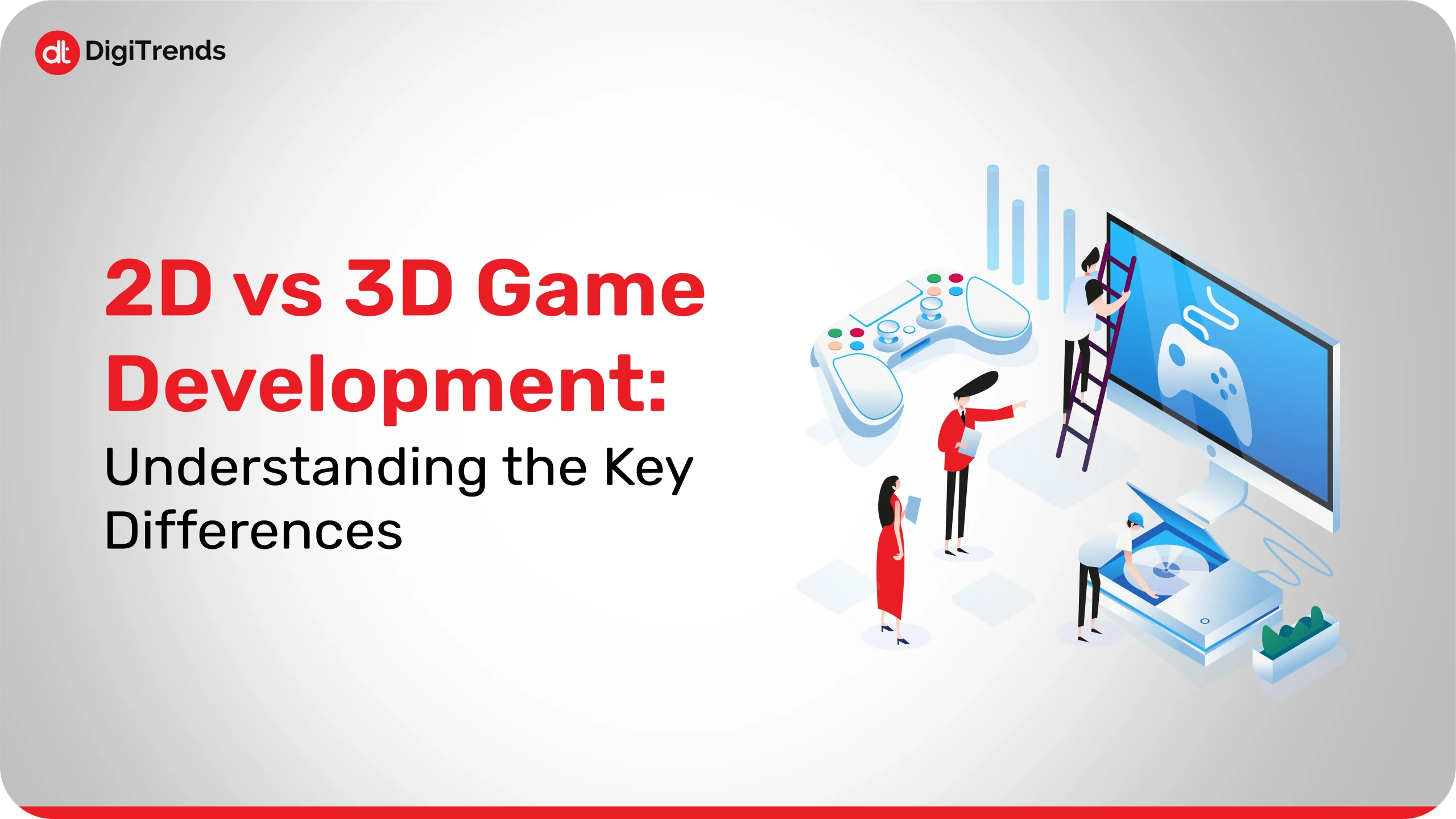As we move further ahead into the future, the healthcare industry will most probably look drastically different from what we are accustomed to today thanks to the rapid advancements in technology. Evidently, one of the biggest shifts will be the widespread use of virtual healthcare platforms that will transform patient care in this era of modern healthcare.
If you’ve heard about telehealth and virtual care, you might already have a general idea of what these platforms offer. But what makes them so important in the coming years, and why will they be essential to the future of healthcare? In this article, we will explore what virtual healthcare platforms are, how they work, and why they’re set to revolutionize the healthcare experience for patients and providers alike.
What is a Virtual Healthcare Platform?
A virtual healthcare platform is a comprehensive digital space where healthcare services are delivered remotely. It connects patients to healthcare professionals through the internet, making healthcare accessible and convenient without the need for in-person visits. You may already be familiar with the concept of telehealth, which allows for doctor consultations through video calls or phone calls. But virtual healthcare platforms go beyond simple consultations—they are entire ecosystems designed to offer integrated care, meaning they bring together various aspects of healthcare services in one centralized platform.
On a virtual healthcare platform, you might be able to book appointments with doctors, access health records, get prescriptions, and even monitor your health in real-time using devices like wearables. It’s an all-in-one digital health platform designed to make healthcare easier, more efficient, and accessible to everyone, regardless of location.
🏥 Launch Your Virtual Healthcare Platform
Transform patient care with a custom telemedicine solution built for your practice
Schedule a Demo
Telehealth: A Glimpse into the Future
Telehealth and telemedicine are not new concepts, but their importance has skyrocketed in recent years, especially during the COVID-19 pandemic. At the height of the pandemic, in-person doctor visits became risky, and many healthcare systems struggled to keep up with patient demand. In this context, telehealth solutions emerged as a lifesaver, enabling doctors to consult with patients remotely. Today, this shift towards virtual care is continuing to evolve.
While the idea of receiving healthcare remotely may have seemed strange just a few years ago, it is now a growing trend. The rise of virtual care platforms has brought the healthcare experience to the digital age. What was once considered an experimental approach is now becoming an essential part of modern healthcare, especially with the advancement of technology. In just a few years, telemedicine will be much more than video consultations; it will become a comprehensive part of how we approach health and wellness.
Why is a Cutting-Edge Virtual Healthcare Platform Important?
As we look to the future of healthcare, the need for cutting-edge virtual healthcare platforms becomes clear. These platforms offer several significant benefits, both for patients and healthcare providers. Here are some key reasons why virtual healthcare platforms will be essential in 2025:
1. Easier Access to Healthcare
The best thing about a virtual healthcare platform is that it makes healthcare much more easily accessible for everyone. In rural or remote areas where healthcare services are limited, people often face long travel times to reach the nearest hospital or doctor. Virtual healthcare eliminates the need for long commutes, making it easier for patients to connect with healthcare professionals from the comfort of their homes.
Even in urban areas, where healthcare providers may be more accessible, the sheer demand for healthcare services often results in long waiting times. Virtual care platforms solve this problem by allowing patients to quickly schedule appointments with doctors and specialists. In many cases, you can even access healthcare on-demand, making it easier than ever to get the care you need when you need it.
In 2025, this means that whether you’re living in a small town or a bustling city, you’ll have more healthcare options available to you through telehealth solutions. This is a huge advantage, especially for people who might otherwise struggle to get the healthcare they need.
2. Convenience and Flexibility
Life can get busy, and sometimes, taking time off work or school to visit a doctor simply isn’t an option. Fortunately, virtual healthcare platforms are designed with flexibility in mind. With them, you’ll be able to schedule appointments on your own time—whether that’s during a lunch break, in the evening after work, or even on weekends.
The beauty of these platforms is that they allow you to engage with healthcare providers in multiple ways. While video calls are common, you might also have the option to consult via text, voice, or even email. This flexibility ensures that you can receive care in the manner that’s most convenient for you, making it easier to maintain a healthy lifestyle despite your busy schedule.
Furthermore, many virtual healthcare platforms offer 24/7 access, meaning that if you’re feeling unwell in the middle of the night, you can still receive medical advice. This on-demand access could be particularly helpful in emergency situations where quick guidance is needed.
3. Better Management of Chronic Conditions
Chronic conditions, such as diabetes, heart disease, or asthma, require constant monitoring and regular medical attention. With the help of remote patient care platforms, managing chronic conditions will become much easier. These platforms can collect and track health data from wearable devices or at-home monitoring tools, giving both patients and healthcare providers real-time insights into their health status.
For example, if you have high blood pressure, a virtual healthcare platform can sync with a blood pressure cuff, automatically updating your doctor with your measurements. If there are any significant changes, your doctor can reach out to you and adjust your treatment plan right away. This level of continuous monitoring means that healthcare providers can detect problems early, which helps prevent health emergencies and improve the overall quality of care.
In the future, the digital health platform will be capable of integrating more types of data, such as information from fitness trackers, glucose monitors, or even mental health apps. This allows for a more holistic view of your health, which will help healthcare providers give you personalized care.
4. Improved Quality of Care
By 2025, the integration of virtual care platforms will enhance the quality of healthcare. These platforms will bring together various healthcare services in one place, creating an integrated care platform that can monitor and manage all aspects of a patient’s health. This holistic approach ensures that patients receive more consistent, thorough care.
Imagine that you need a follow-up appointment with your primary care doctor, but you also need to speak with a cardiologist or a specialist. Through a virtual healthcare platform, all of these appointments can be coordinated in a single, streamlined process. Your doctors can collaborate, review your case together, and discuss the best treatment plan for you—all without requiring you to visit multiple offices or wait weeks for appointments.
This level of collaboration and integration is what sets virtual healthcare platforms apart from traditional healthcare systems. The result is higher quality care and a better patient experience.
5. Cost-Effective Solutions
Healthcare costs are on the rise, and for many people, paying for medical care can be a significant financial burden. Virtual healthcare platforms offer a cost-effective solution for both patients and healthcare systems. For patients, virtual consultations are often less expensive than in-person visits, as they don’t require additional costs such as travel or office overhead.
Additionally, telehealth solutions enable healthcare providers to see more patients in less time. This increased efficiency helps lower the overall cost of healthcare and can lead to more affordable care for patients. By utilizing remote patient care platforms, healthcare providers can manage chronic conditions, monitor recovery, and provide follow-up care without requiring in-person visits, which ultimately saves money for both patients and healthcare systems.
For people without insurance or with limited access to healthcare, virtual care platforms are also a more affordable option. The lower costs associated with virtual care make it easier for more people to get the care they need.
6. Alleviating Pressure on Healthcare Systems
The global healthcare system is under immense pressure. Aging populations, rising rates of chronic diseases, and increasing healthcare costs are putting a strain on providers and hospitals. By 2025, the demand for healthcare services will continue to grow, but many healthcare systems will be struggling to keep up.
A cutting-edge virtual healthcare platform can alleviate some of this pressure by offering remote consultations, managing chronic conditions, and providing follow-up care without requiring in-person visits. This reduces the burden on overworked healthcare professionals and helps ensure that hospitals and clinics have the resources to handle more urgent cases.
For example, a telehealth platform can handle routine consultations and minor health issues, while doctors and specialists focus on more serious conditions. This allows the entire healthcare system to become more efficient, ensuring that all patients get the care they need, when they need it.
The Role of Technology in Advancing Virtual Healthcare Platforms
As we approach 2025, several emerging technologies will further enhance the capabilities of virtual healthcare platforms. These technologies will make it possible to offer more personalized, efficient, and effective care.
1. Artificial Intelligence and Data Analytics
Artificial intelligence (AI) and data analytics are transforming healthcare. In a digital health platform, AI will be used to analyze patient data, identify patterns, and make personalized recommendations. For example, AI could help doctors make faster diagnoses based on symptoms, medical history, and other data points. In addition, AI will be able to predict health trends, allowing healthcare providers to catch potential issues early before they become serious.
For example, an AI-powered healthcare platform could monitor a patient’s vital signs in real time, using algorithms to detect irregularities that may require immediate attention. With the help of AI, virtual healthcare platforms will be able to deliver more accurate, faster, and more personalized care.
2. Wearables and Remote Health Monitoring
Wearable technology, like fitness trackers, smartwatches, and health monitoring devices, is becoming increasingly sophisticated. In 2025, these devices will play a central role in remote patient care platforms. Patients will be able to wear devices that continuously monitor their health, collecting data on everything from heart rate and blood pressure to sleep patterns and activity levels.
This real-time data can be sent directly to healthcare providers, who can track a patient’s progress and make adjustments to treatment plans as needed. This is particularly helpful for patients with chronic conditions who require ongoing monitoring. The integration of wearable technology into digital health platforms will empower both patients and doctors to make more informed decisions.
DigiTrends CTA
💊 Modernize Your Healthcare Practice
Discover how our virtual healthcare solutions can streamline your operations
Get a Free Consultation
The Future of Telemedicine in 2025
As we look toward 2025, the future of telemedicine will continue to evolve, driven by advancements in technology and increased patient demand. Here are some trends and innovations you can expect to see in the world of virtual healthcare platforms:
1. Telehealth and Mental Health Support
The online healthcare ecosystem will not just focus on physical health—it will also include mental health services. In 2025, telehealth solutions will offer a wider range of mental health support, including therapy sessions, counseling, and support groups, all delivered remotely.
The stigma surrounding mental health care is gradually diminishing, and virtual healthcare platforms will make it easier for people to access the mental health services they need. With the help of virtual care platforms, patients can receive therapy, cognitive behavioral therapy (CBT), or mindfulness training from the comfort of their homes, making mental health care more accessible and less intimidating.
2. Global Reach and Inclusivity
One of the most exciting prospects of virtual healthcare platforms is their ability to provide healthcare to people around the world, regardless of location. By 2025, telemedicine will become a truly global solution, offering healthcare services to populations in underserved regions. This could significantly improve healthcare outcomes for people living in remote or low-income areas, where access to medical care is often limited.
As telehealth platforms continue to grow and evolve, the global healthcare system will become more inclusive, ensuring that people everywhere have access to quality care. This is particularly crucial for tackling global health disparities and ensuring that healthcare is available to all.
Cost-Effectiveness and Efficiency of Virtual Healthcare
Healthcare costs are a significant concern for both patients and providers. In 2025, virtual healthcare platforms will provide more cost-effective solutions for patients and healthcare systems. By enabling remote consultations and reducing the need for in-person visits, these platforms can lower healthcare expenses in several ways.
For instance, virtual care platforms can reduce the overhead costs associated with maintaining physical clinics and offices. With fewer in-person visits, doctors can see more patients in less time, making the overall healthcare system more efficient. Additionally, patients can save money on travel costs and time off work, making healthcare more affordable and accessible.
Virtual Healthcare Platforms and the Global Healthcare System
In 2025, the need for virtual healthcare platforms will become even more pressing on a global scale. Healthcare systems worldwide are under tremendous strain due to aging populations, rising healthcare costs, and shortages of medical professionals. Virtual healthcare platforms can alleviate some of this strain by enabling healthcare providers to see more patients remotely.
One of the biggest advantages of these platforms is their ability to serve people in remote or underserved areas. By eliminating the need for travel and expanding access to medical professionals, telemedicine can bridge the gap between rural and urban healthcare. This is particularly important for countries with large populations in rural areas, where access to quality healthcare may be limited.
Moreover, telehealth solutions can help address disparities in healthcare access between high-income and low-income populations. In many developing countries, where healthcare resources are limited, virtual healthcare platforms can provide a much-needed solution for those who would otherwise go without care.
DigiTrends CTA
The Growing Importance of Telehealth Solutions
In recent years, telehealth solutions have become a lifeline for millions of people worldwide. The COVID-19 pandemic forced many individuals and healthcare providers to adopt virtual solutions quickly. While this was initially a temporary response to a crisis, it has become clear that the shift toward digital healthcare is here to stay. Telehealth platforms allow patients to consult with doctors, specialists, and other healthcare providers via video calls, phone calls, or even text messages.
These solutions offer many benefits, such as saving time, reducing costs, and improving access to care, especially for individuals living in rural or underserved areas. As we approach 2025, telemedicine is poised to grow even further, offering more services and expanding its capabilities. Today’s telemedicine platforms are not just about remote consultations—they are evolving into integrated care solutions that can manage a wide range of health needs.
Conclusion
A cutting-edge virtual healthcare platform will be more than just a convenience in 2025—it will be essential to the way healthcare is delivered. These platforms will help bridge the gap between patients and healthcare providers, offering increased access, convenience, and quality of care. Whether it’s managing chronic conditions, receiving mental health support, or simply staying healthy, telehealth solutions will play a central role in how we approach healthcare in the future.
As the online healthcare ecosystem continues to grow and evolve, virtual healthcare platforms will offer more personalized, efficient, and affordable healthcare solutions for people all over the world. By 2025, we’ll see these platforms become indispensable tools for both patients and healthcare providers. Whether you’re managing your health or seeking care, the future of healthcare will be virtual—and it’s looking brighter than ever.



